Entering into US session, Australian Dollar remains the strongest one for today on optimism that there would be break through in US-China relationship that would avert full-blown trade war. Swiss franc, though, overtook New Zealand’s position as the second strongest. As the financial markets are enjoying strong risk appetite, in particular in Asia, Yen is naturally the weakest one. Without support of trade war, Dollar’s selloff intensifies today. Focus will turn to non-farm payroll to be release within less than an hour.
The “positive” telephone call between Trump and Xi was the turning point this week. And both sides appear to sound positive and “nice” after that. US and China are now preparing the meeting of the two presidents as sideline of G20 summit in Argentina on Nov 30 – Dec 1. Ahead of that, it’s also reported that Trump asked his key cabinet secretaries to draw up a potential agreement to sign during the meeting, as cease-fire in escalating trade war. Multiple agencies are believed to be involved in drafting the plan.
In European markets, at the time of writing:
- FTSE is up 0.82%
- DAX is up 1.60%
- CAC is up 1.41%
- German 10 year yield is up 0.032 at 0.433.
- Italian 10 year yield is down -0.076 at 3.304. Spread continued to narrow.
Earlier in Asia:
- Nikkei rose 2.56% to 22423.66
- Hong Kong HSI rose 4.21% to 26486.35
- China Shanghai SSE rose 2.70% to 2676.48
- Singapore Strait Times rose 1.81% to 3116.39.
- USD/CNH is now at 6.8635, comparing to the near term top made yesterday at 6.9871




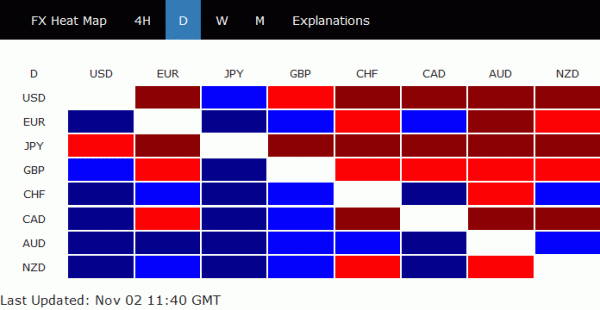

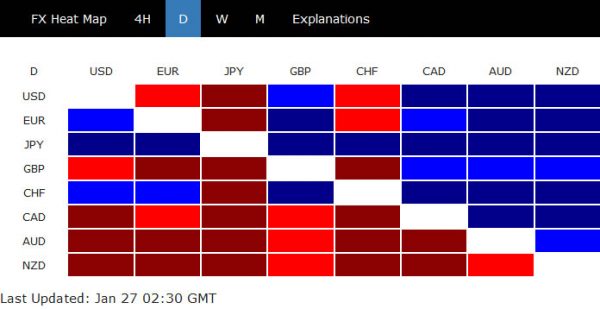
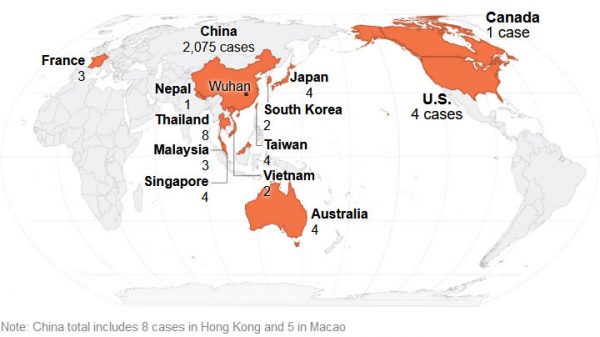
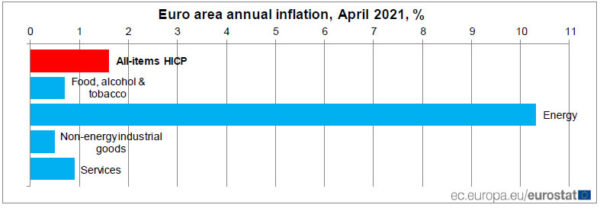
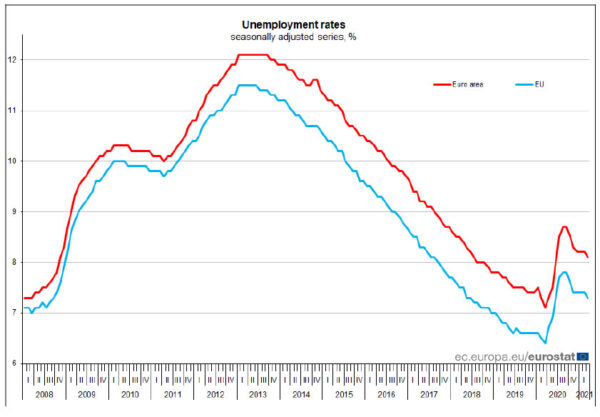
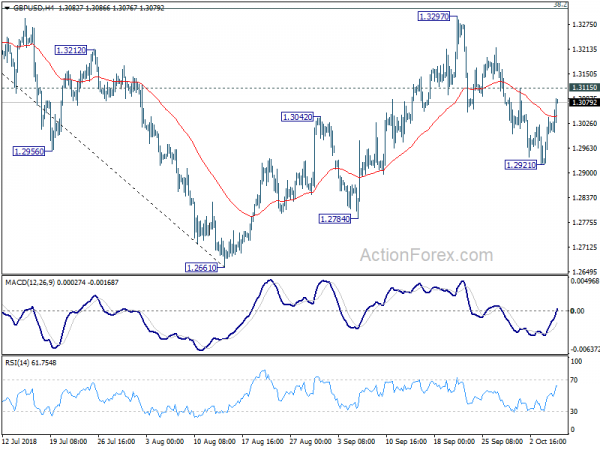
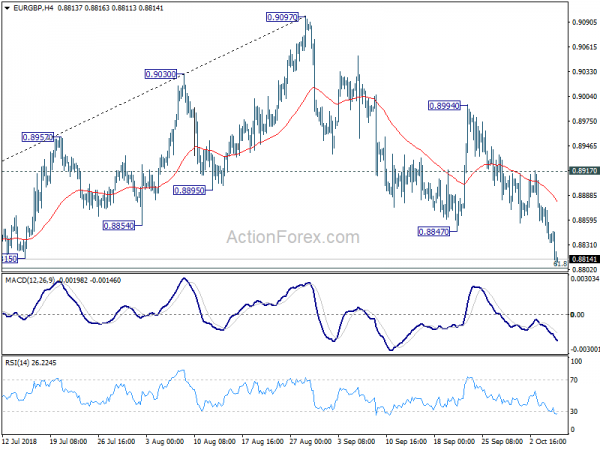
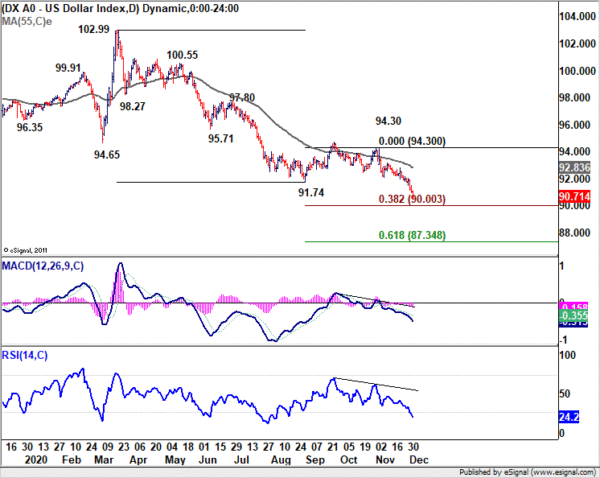
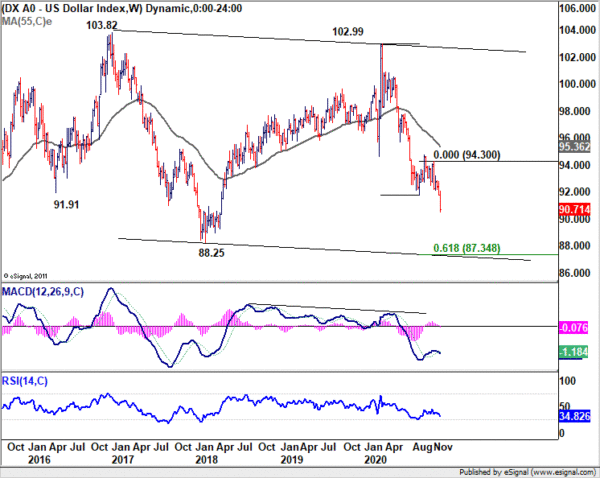
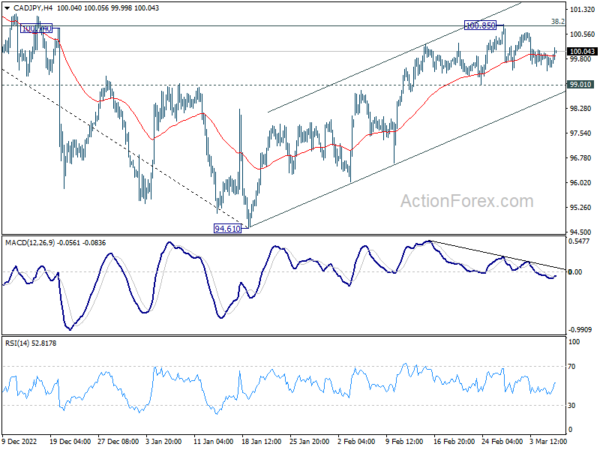
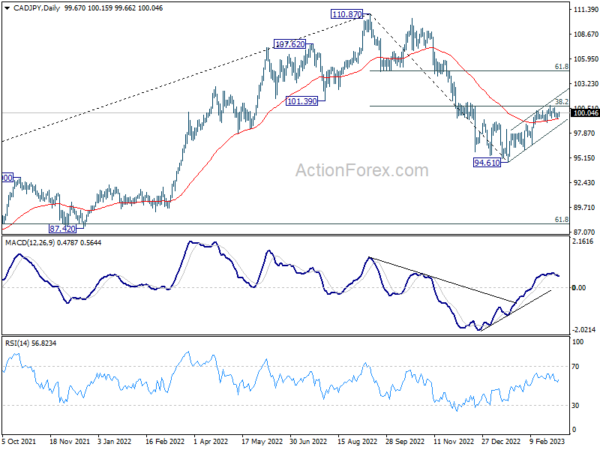

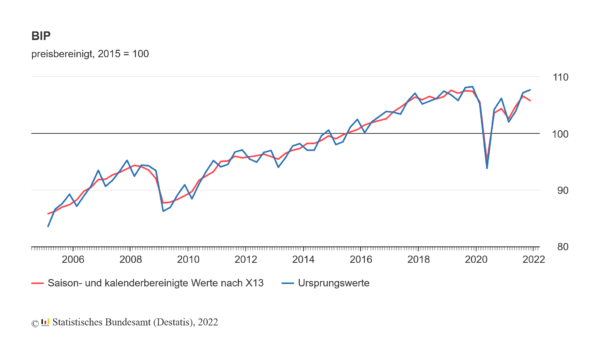
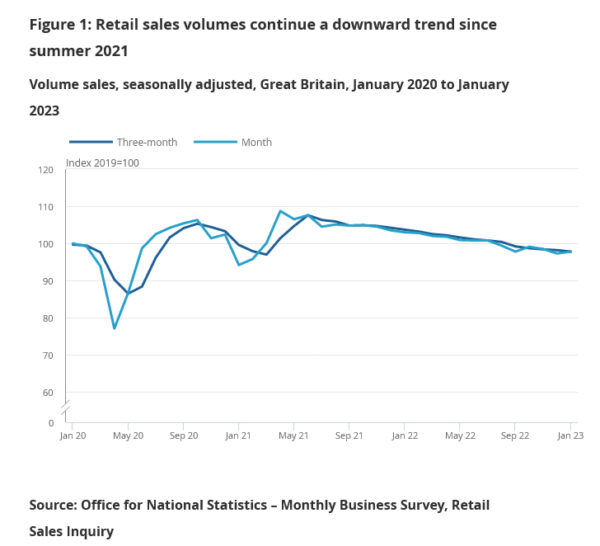
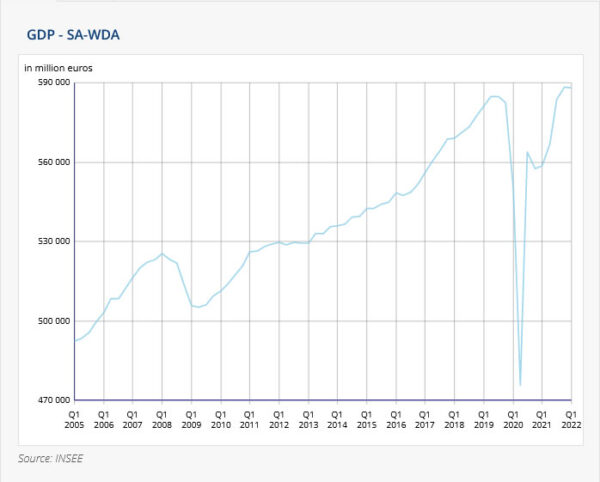
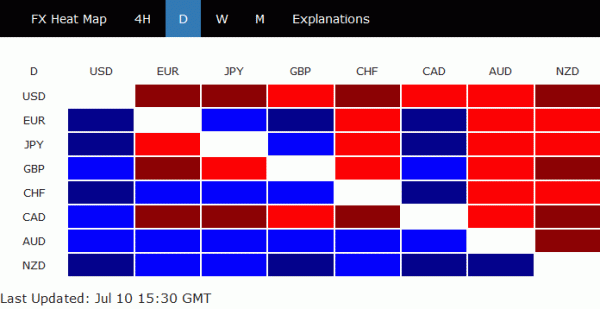
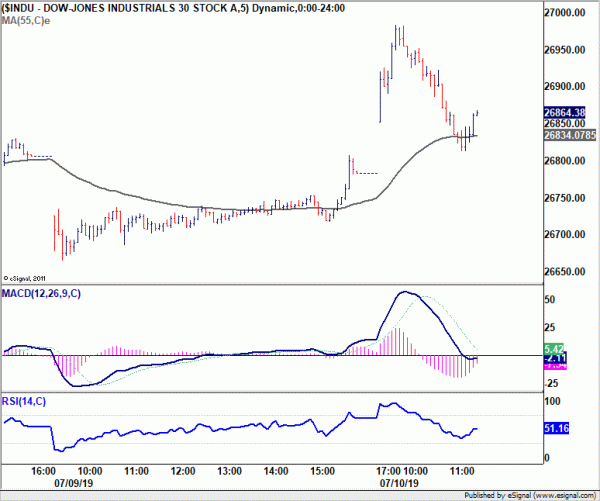
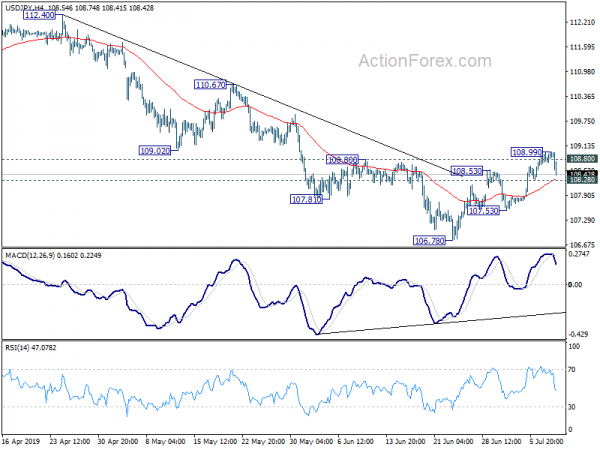
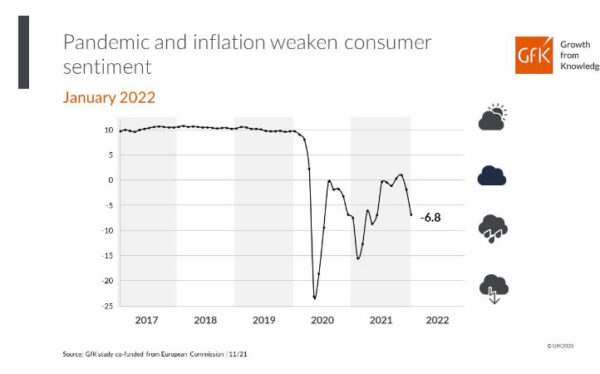
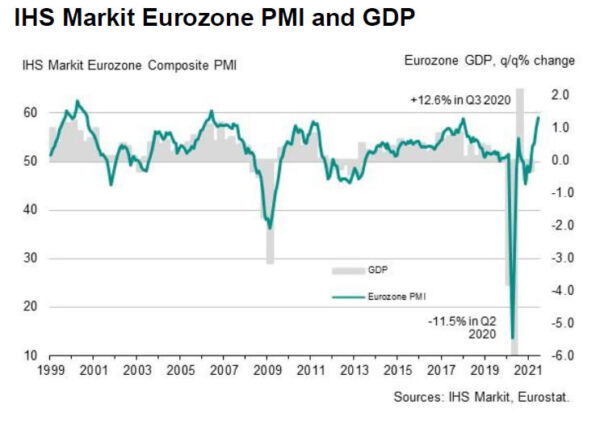
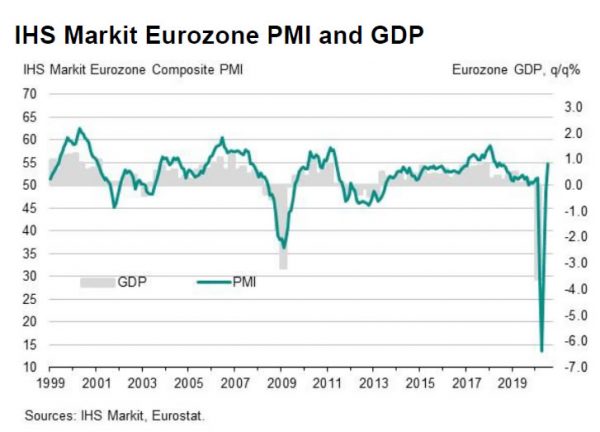

IMF downgrades Eurozone growth and inflation forecasts
In the Regional Economic Outlook report, IMF downgraded Eurozone growth forecasts for both 2019 and 2020. It said that “global trade and manufacturing have weakened and so have these sectors in Europe… , European exports are softening and prospects for a recovery in global trade are not as strong as they were six months ago”. IMF also urged that “monetary policy should remain accommodative where inflationary pressures are still subdued, which is the case in most European economies. ”
Eurozone economy is projected to slow sharply from 1.9% in 2018 to just 1.2% in 2019, revised down from 1.3%. Mild recovery is expected in 2020 by 1.4% (revised down from 1.5%), and stay there in 2021. Headline inflation to projected to slow from 1.8% in 2018 to 1.2% in 2019 (revised down from 1.3%), then climb to 1.4% in 2020 (revised down from 1.6%) and then 1.5% in 2021 (revised down from 1.7%).
Full report here.